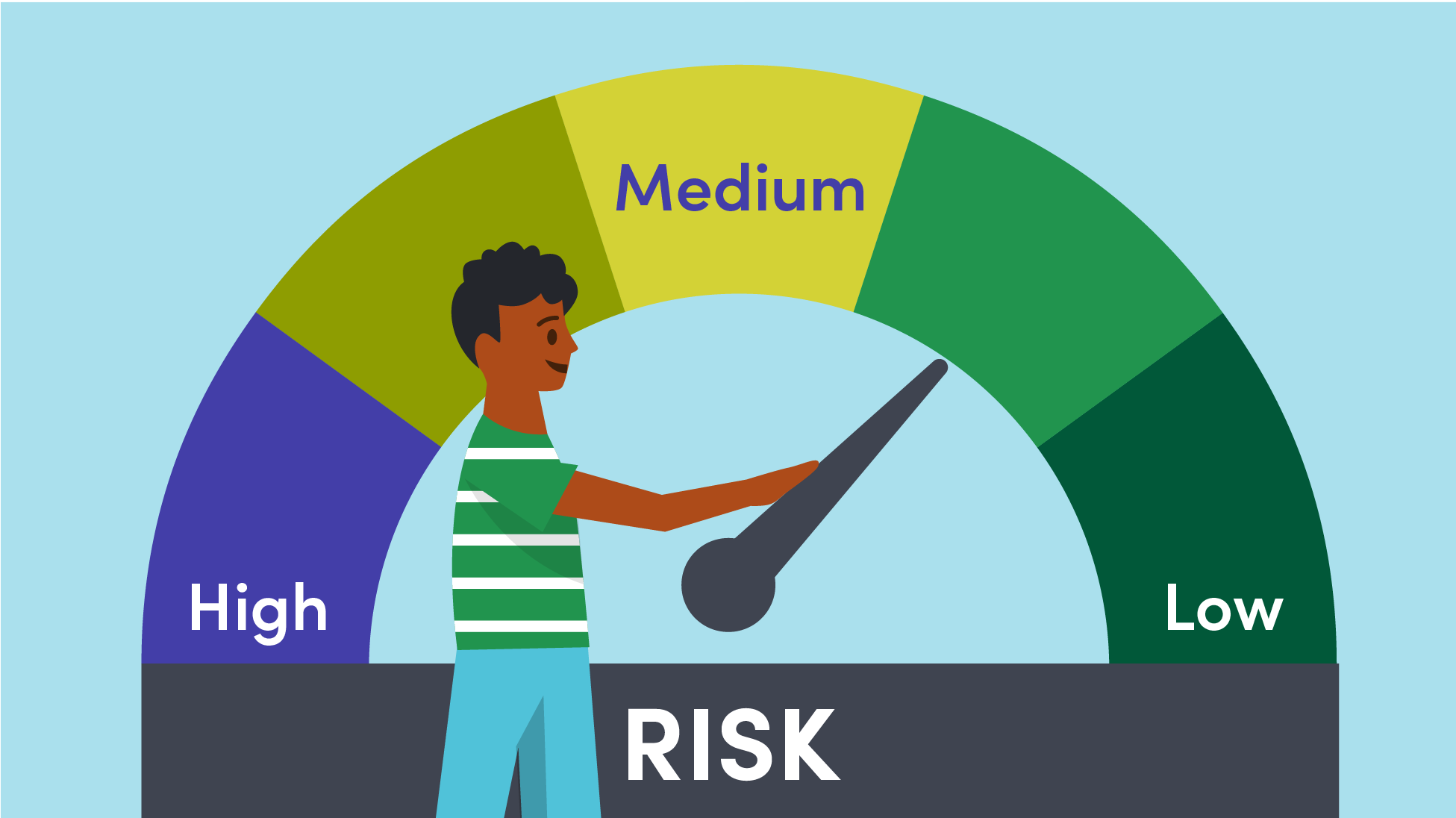
New series!
We begin our new series on mentoring excellence with risk management. Managing the risks that come with both a person’s work and personal life is one of the most common reasons we are sought out for advice, or brought in to help an organisation with their employees. It is our job to aid awareness of risks in our mentee/supervisee’s life and also to manage risks in the professional relationship with our clients. Often the importance of risk management is underestimated. Still, the high stresses that come with facing workplace dangers and discomforts can impact us severely over time and get in the way of doing what God wants us to do. By handling these dangers, ideally before they become dangerous, it allows us all to focus on doing what is truly important.
Being Aware
There are many potential risks that can arise with the intimacy and vulnerability that comes with mentoring and supervising relationships. We are talking about serious and intense topics that are often avoided in regular discussions. We need to be very aware of the responsibilities we take on with clients and how to appropriately help them in delicate situations.
Professional supervision (as well as well-being mentoring) has three focuses: providing professional support, facilitating professional development, and promoting professional standards. This addresses and includes psychosocial hazards, helps to grow in awareness of risks, puts into place the behaviour and practice that will mitigate risk for clients and others.
Workplace Safety
There are plenty of risks in the workplace, and there always have been, but there is a growing global focus on managing health and safety which has prioritised well-being in employees, and assessing and psychosocial hazards in order to minimise or avoid them.
According to safeworkaustralia.com, these are some of the most common psychosocial hazards at work:
- Job demands
- Low job control
- Poor support
- Lack of role clarity
- Poor organisational change management
- Inadequate reward and recognition
- Poor organisational justice
- Traumatic events or material
- Remote or isolated work
- Poor physical environment
- Violence and aggression
- Bullying
- Harassment, including sexual and gender-based harassment, and
- Conflict or poor workplace relationships and interactions
Our Responsibility
As leaders in the community, we take on the responsibility of the well-being of the people around us. If there are ways to avoid risks, there is a responsibility for us to do whatever we can to avoid hazards. We can’t just say “too bad, someone got hurt,” not only because that is that unethical, but there are also legal ramifications. If we truly care about the people around, we should put their safety first, for their sake, for our own and for the good of the entire community.
This refers to the health of leaders as well. Leaders in community are very susceptible to burnout, due to sustained stress over a long period of time. We should also be aware of the needs ot leaders, and ourselves. If we experience burnout, then we will not be able to adequatly serve the people who rely on us.
How can we help our clients identify where they are at risk? And what steps can they take to mitigate this risk?
Accordingly, any PCBUs (Persons Conducting Business Undertaking) in any structure or organisation, from charities to corporations, including those in leadership positions from directors to CEOs, must eliminate or minimise psychosocial risks so far as is reasonably practicable. This can be done by following the risk management process:
- Identifying the hazards
- Assessing the associated risks
- Implementing control measures to eliminate or minimise risks, and
- Regularly reviewing control measures to ensure they remain effective.
For a supervisor or mentor, this is such an easy step-by-step guide. We begin by identifying the hazards. For example, if a client is complaining about their role, saying that they often find themselves performing extra tasks to pick up slack for the others around them, or they are occasionally scolded for not performing a task they were unaware was their responsibility, we can help them identify that low-clarity is a problem and who to speak with to gain that needed clarity.
Next we need to consider the associated risks. It’s likely our client has already experienced some of the negatives to the hazard they are facing, but it’s still helpful to look forward to how these risks might grow. In this case, the client may be facing more stress, anxiety, even burnout.
You can then create steps to minimise the issue. What can your client do to bring clarity to their role? What could they document? Who should they talk to? Who can set the record straight? How can this confusion be avoided in the future?
Finally, a mentor or supervisor does not stop once the problem is seemingly fixed and the risk has been neutralised. We should be following up and looking for new ways to minimise risks. Often these hazards are ingrained deeply into the systems already set in place, which means they could come up again and again. A good mentor or supervisor will look for long-term solutions as well as correcting the present situation.
Some guidance for board members
Mentors and supervisors are key to the well-being of employees, but major decisions come back to the board in charge of the organisation. The board is responsible for identifying, assessing, implementing and reviewing all potential work hazards and ensuring you are providing the best practices for your team. I have seen the job demands of pastors in various leadership positions and know firsthand how much pressure they face. A board should be aware of these pressures and be actively working to preserve the well-being of their pastors. If you want to read more about the responsibilities of a board, you can read chapter five of my book Burnout and Beyond, which explores this topic further.
Here are some key questions for board members to ask employees:
- How are you doing? (Not what you are doing; note this is not to take a counselling role but to focus on how we as a board can help you.)
- Is your workload reasonable?
- How well are we providing for your financial needs?
- What part of your workload is energy-producing and life-giving?
- Are you doing things that are not part of your work?
- Is your role clearly defined?
- Do you have too much on your plate?
- Is the team support adequate?
- What psychosocial hazards are you encountering? (workplace health and safety). Relational, emotional and psychological stress. For example, where are you experiencing residual stress from our previous leadership?
- Do you get leave? When are you taking your holidays?
- When are you taking Long Service Leave?
- What is the board’s policy for sabbatical leave? (Recommend two weeks per year accumulative.)
- What is our budget for well-being support, for the provision of independent professional supervision that also promotes professional standards (safe for all), and facilitates development? Professional supervision is outside of the chain of command and oversight to create a safe transparent space. Verve-Lead has a team of high-quality professional supervisors who serve clients globally, many of whom are denominational executives.
Further reading:
How can we assist your board’s risk management process? We would love to consult with you. Please get in contact https://vervelead.com/contact/
Continue reading with these articles…
Recent Posts
Categories
- Coaching
- Emotional Health
- Empowering Transformative Action
- Flourish
- Gauges
- Grief
- Grief
- Healthy Emotional Intelligence
- Healthy Lifestyle
- Mature Disciple: foundational competency for mentoring
- Mentoring Excellence
- Professional Supervision
- Reduced Risk
- Replenish
- Resources
- Seasoned Christian Leadership
- Sustainable Life
- Thriving Relationships
- Uncategorized
- Videos
- Vital Spirituality
- Well-Being
- Well-Being Mentoring



